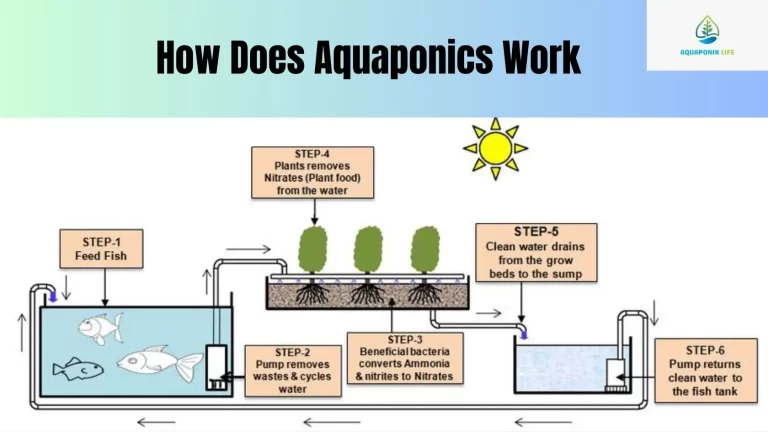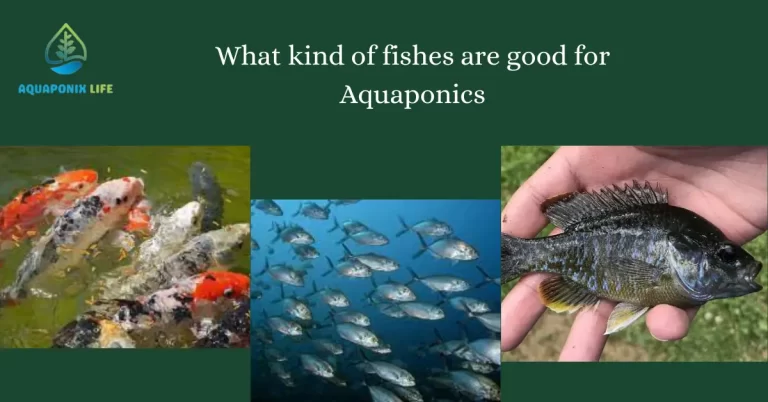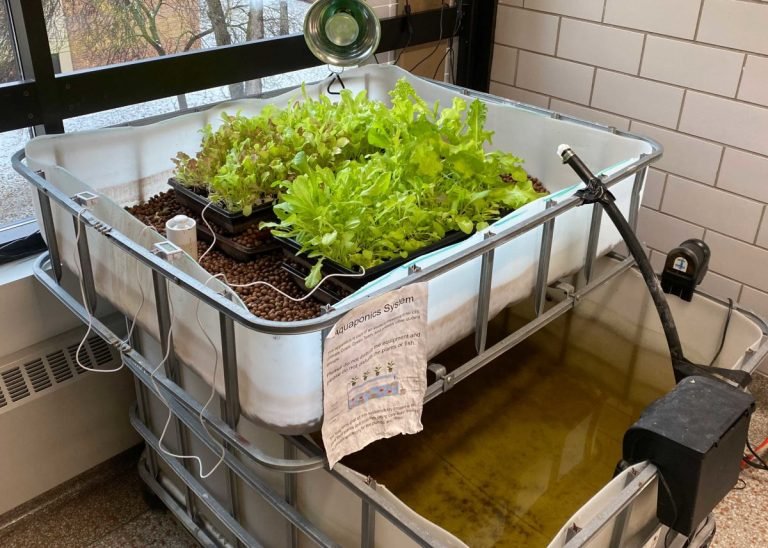Dive into the Benefits of Aquaponics: An Authentic Sustainable Farming Method
Understanding Aquaponics: A Synthesis of Aquaculture and Hydroponics
- Aquaponics is a sustainable farming method that combines raising aquatic animals in tanks with soilless plant cultivation.
- The waste produced by fish becomes a rich, organic nutrient source for the plants.
- Plants filter and cleanse the water, which is then returned to the fish.
Historical Roots of Aquaponics
- Aquaponic principles are deeply embedded in ancient civilizations, with examples from the Aztecs’ Chinampas and Southeast Asian rice paddy fields.
- Aquaponics was formally recognized and refined in the late 20th century by researchers and visionaries.
Message of Aquaponics
- Aquaponics teaches the art of giving and taking in equal measure, reminding us that every creature, plant, and drop of water has a role in the cycle of life.This method is basically best for those regions where there is scarcity of water. It requires less quantity of water as compared to traditional farming.
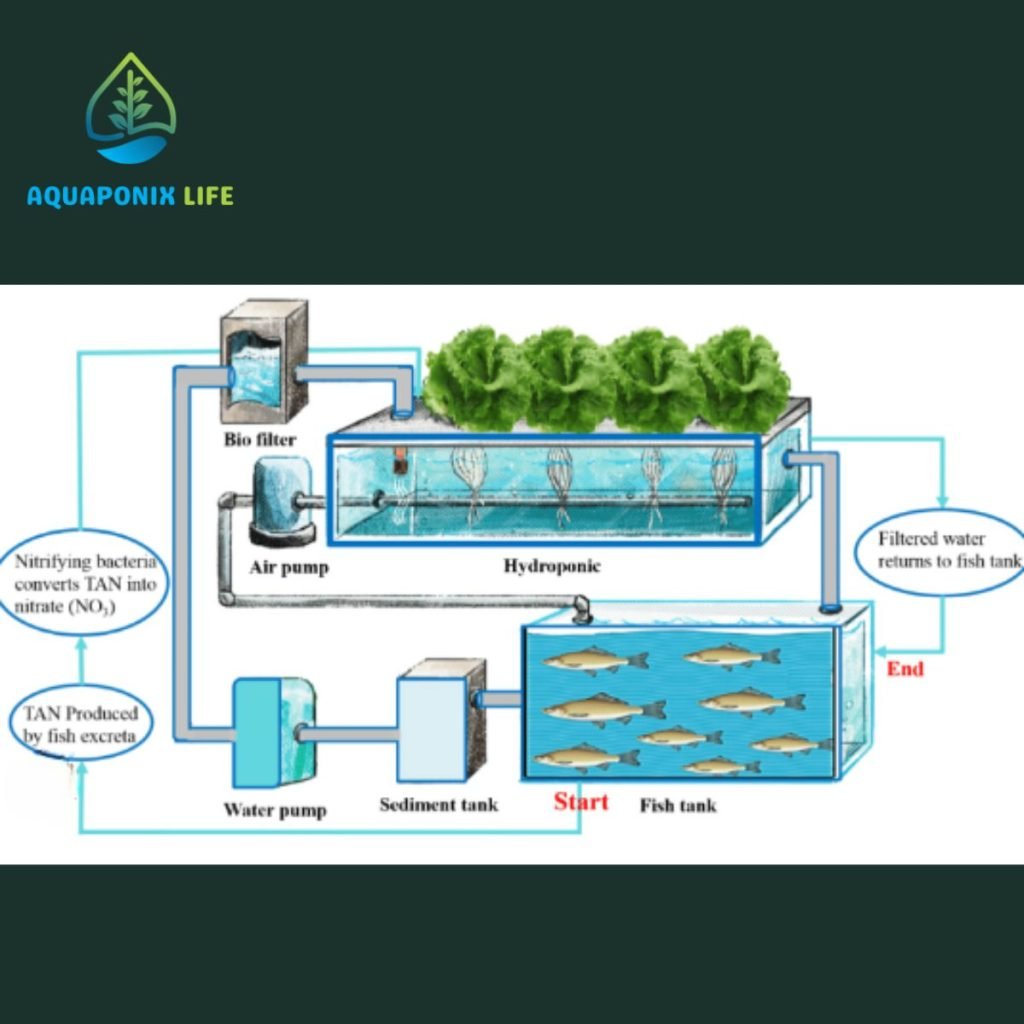
How Does It Work?
When we talk about aquaponics, we see that it works under a control system with a feedback loop that is active(Closed loop system). Under this system plants and fish work together and create a sustainable environment for their growth. Read more
Aquaponics Components Overview :
-
Fish:
Fish produce ammonia that bacteria convert into nutrients for plants growth. Common fish species include tilapia, carp, catfish, trout, largemouth bass, koi, goldfish, tetra, and guppies.
-
Plants:
Plants are grown in grow beds, pipes, or floating rafts, with popular ones being lettuce, tomatoes, strawberries, and other fruiting plants.
-
Bacteria:
Bacteria in aquaponics convert fish wastes into nutrients for plants. Maintaining a healthy bacterial colony is crucial.
-
Fish Tanks:
Large containers for fish according to your garden size.
-
Grow Beds:
Containers filled with soilless growing medium for plants.
-
Water Pump:
Circulates water between fish tanks and grow beds for nutrient-rich water flow.
-
Bell Siphon:
Controls water level in grow beds to prevent water-logging of plant roots.
-
pH and Nutrient Monitoring Systems:
Ensures optimal water quality for fish and plants.
-
Plumbing fitting and pipes:
There should be a proper fitting of pipes to make a better flow of water for aquatic animals and plants.
-
Consistent temperature:
As well as, it is very necessary to have manage heating elements there for the consistent temperature in case of changing weather conditions.
-
Backup generators:
There can be a disorder and mismanagement of electricity, so you should have generators to operate the system properly.
Green, leafy plants like lettuce, spinach, okra, watercress, basil, and herbs flourish in aquaponic systems due to their moderate nutritional needs, while bell peppers, cucumbers, tomatoes, and strawberries produce and grow well in aquaponic gardens.
Benefits of Aquaponics to the Environment: A Comprehensive Guide
In this comprehensive guide we will analyse the complex benefits of aquaponics and examine its health, environmental, economical and social advantages.
Aquaponics stands at the forefront of agricultural innovation, offering solutions to many of today’s environmental challenges. This article is essential reading for anyone interested in sustainable farming, environmental conservation, and food security. It provides in-depth insights into how aquaponics can transform our approach to agriculture and help in creating a more sustainable future.

-
Environmental Benefits and Sustainable Agriculture:
Aquaponics offers significant environmental benefits over traditional farming methods. Firstly, it requires significantly less water, as the closed-loop system recycles water continuously.
Secondly, it reduces the requirement of chemical fertilizers because fish waste fulfills this need for plant growth and promotes organic cultivation
In addition to this, we can set up aquaponic systems anywhere. By doing so we can reduce the need of deforestation and land degradation as compared to traditional agriculture.
-
Aquaponics vs Traditional Farming: A Comparative Analysis
Aquaponics is more efficient resourceful method and technique. Firstly ,it requires 90% less water amount for cultivation of crops.
On the other hand, the traditional farming often results in significant water waste due to rainfall and evaporation. It also requires less land for aquaponics because its vertical farming capability allows it to produce more food per square meter. In addition, whilst aquaponics is soilless agriculture, conventional farming practices often lead to soil erosion and nutrient depletion. Soil scarcity also implies a lower risk of soilborne diseases and pests, thereby limiting the need for pesticides and herbicides.
1.Economical Advantages of Aquaponics:
Cost-Effective and Resource-Efficient:
Aquaponic systems are highly resource efficient, reducing water consumption and chemical fertilisers.
Symbiotic Relationship:
The ecosystem becomes selfsustained and reduces outside inputs through the symbiosis of fish and plants.
Diversification:
Diversification is a risk mitigation strategy and allows for more than one source of revenue.
Market Demand:
Aquaponics meets increasing consumer demand for environmentally and organically grown products.
Scalability:
Aquaponics systems are very efficient, enables expansion and investment in a variety of areas and budgets
Job Creation:
At the same time, aquaponics creates jobs in construction and operations which contribute to regional economies.
Localised Production:
Transport costs are reduced and fresh produce is provided by local food production.
4.Health Benefits of Aquaponic-Grown Produce:
To explain Aquaponics that it is “A Nutrient-Rich Farming Method” we have some important points for this Eco-friendly Farming
- Creates a high-nutrient content by combining aquaculture and hydroponics;
- Converts fish waste into organic fertiliser, supporting sustainable farming.
- Eliminates synthetic pesticides and herbicides by cultivating without the use of chemicals.
- Encourages organic food in for the benefit of a sustainable future.
- Promotes water conservation by using 90% less water than conventional soil-based agriculture.
- Makes urban gardening easier while advancing sustainable methods and food security.
- Enhances biodiversity by offering a dependable, nearby supply of fresh vegetables.
5. Aquaponics As an Educational Tool: Enhancing Learning Experiences:
- Aquaponics can enhance natural sciences education at all educational levels.
- It can boost scientific literacy.
- Aquaponics classroom models facilitate experiential learning.
- It can be used to teach business and economics.
- Aquaponics can address environmental science, agriculture, food systems, sustainable development, and health.
- Assessments of aquaponics use at various educational levels are provided.
- We make an effort to respond to the query of whether aquaponics lives up to its potential as an educational instrument.
6.The Role of Aquaponics in Global Food Security:
- Robotics, indoor farming, and high-tech farming are the key features of agriculture’s future, but it will still be controlled by industry, needing significant capital and workforce with advanced education. The problem is made more difficult by climate change and global poverty. Achieving food security entails more than just buying groceries; it also entails developing sustainable production methods, particularly in light of climate change.
- A low-tech way to increase food security is aquaponics, which is comparatively low-tech.
- Aquaponics is a closed-loop crop-growing technique that requires 90% less water than conventional methods and can be adapted to tiny urban spaces.
- It also uses the leftovers from fish farming in tanks.
- An ecosystem akin to nature is produced by aquaponics, which is mostly self-regulating and doesn’t require artificial fertilisers or additives.
- Aquaponics is a very promising technology, particularly for urban and displaced groups, because to its low startup costs, low labour requirements, and minimal environmental effect.
- Connect Global is investing in and collaboratively developing aquaponic food production systems in order to address food scarcity in Honduras, Costa Rica, and other future locations.
- Aquaponics may help eradicate hunger and empower communities by solving food shortages in exclusionary places and nourishing the earth with sustainable agricultural techniques.
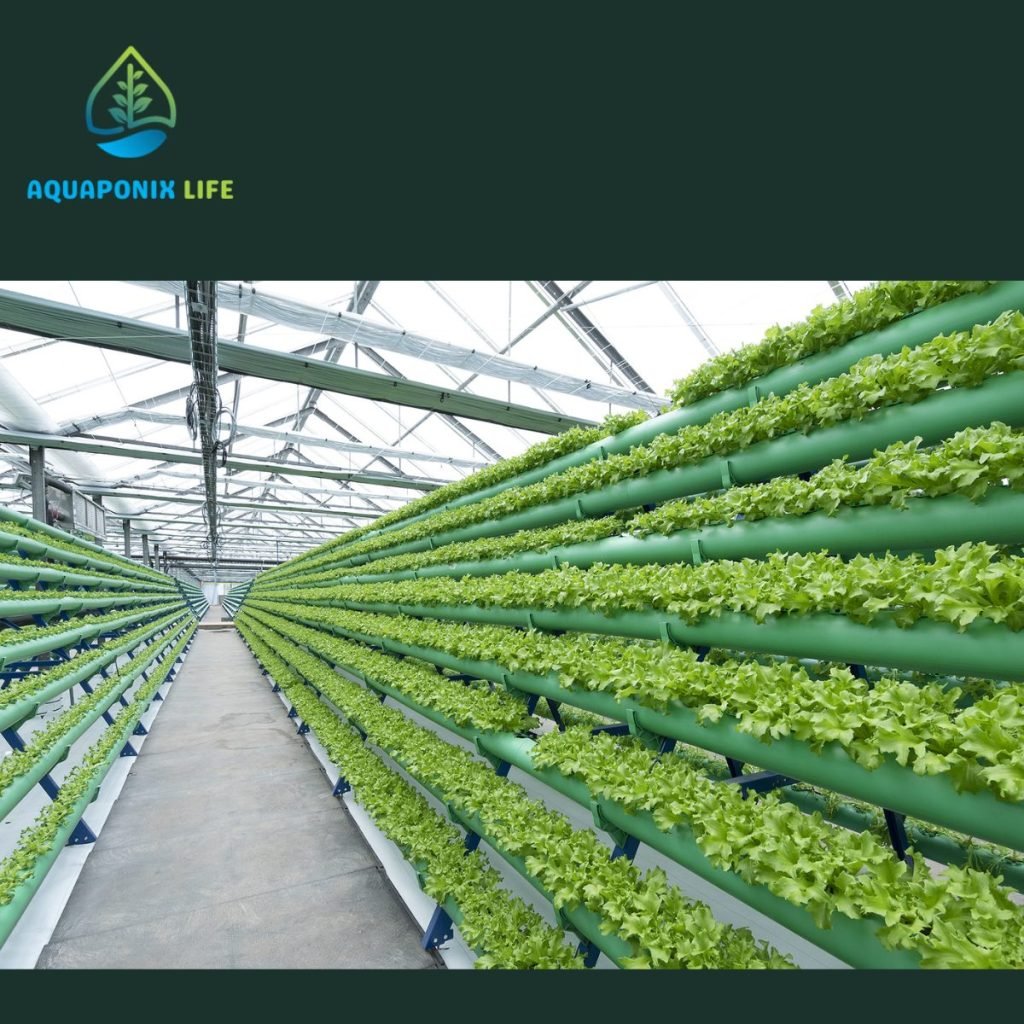
Challenges and Drawbacks of Aquaponics:
Although, Aquaponics has numerous benefits to environment
but it has some disadvantages also and facing challenges :
- It can be expensive to set up and would be difficult for mid-sized producers to invest in commercial systems
- It must not suitable for all crops, such as lettuce varieties and tomatoes.
- Moreover, it will not suitable for root vegetables or tubers.
- It also requires significant infrastructure and can be expensive to operate.
- This system relies on filtering plants and marine creatures and very sensitive to temperature changes.
- In addition to it, it is costly to start and upscale due to the need for tanks, fish, growing media, net pots, and other equipment.
- Requires technical knowledge for growing lettuces.
- Over-stocking of small fish in small tanks is cruel.
- Acts as a closed loop, with fish providing nutrients and plants filtering water for the fish.
- Requires thorough research before investing in expensive equipment and power supplies.
Key Takeaways:
Aquaponics is a sustainable Agriculture and efficient method combining fish farming and soilless plant cultivation. It offers significant environmental benefits like water conservation, chemical free cultivation and minimized land degradation. Aquaponics is economically viable, offering diverse income streams and market opportunities. It is particularly beneficial in urban areas for local food production and education. Aquaponically grown produce is nutritious and free from harmful chemicals. The system is scalable and flexible and also make it a viable solution for global food security. While promising, aquaponics requires careful management and initial investment. Innovations and growing awareness are driving the expansion of aquaponics globally.



